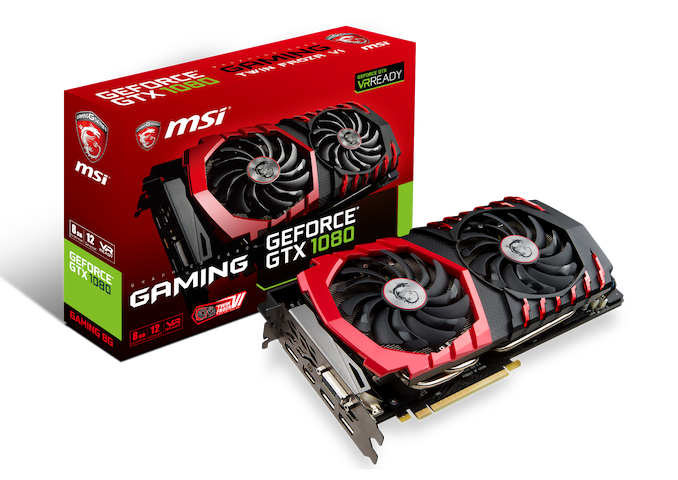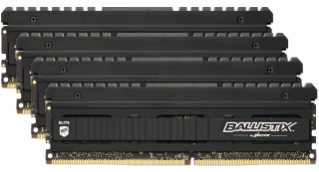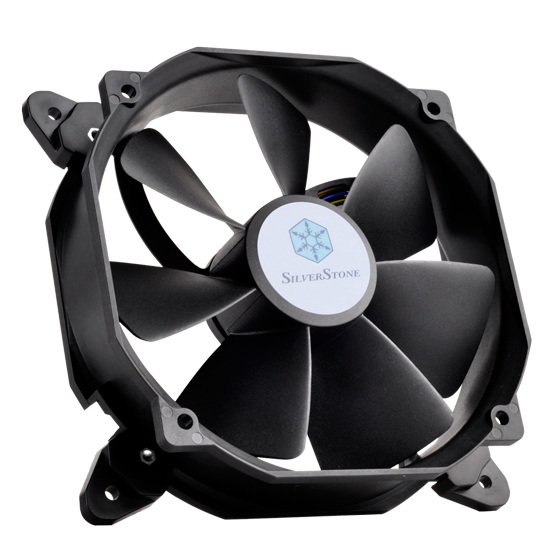The ASRock X399 Taichi Motherboard Review: Cost-Effective Threadripper
by E. Fylladitakis on October 26, 2018 8:00 AM EST- Posted in
- Motherboards
- AMD
- ASRock
- ThreadRipper
- X399
Test Bed and Setup
As per our testing policy, we take a high-end CPU suitable for the motherboard that was released during the socket’s initial launch and equip the system with a suitable amount of memory running at the processor maximum supported frequency. This is also typically run at JEDEC subtimings where possible. It is noted that some users are not keen on this policy, stating that sometimes the maximum supported frequency is quite low, or faster memory is available at a similar price, or that the JEDEC speeds can be prohibitive for performance. While these comments make sense, ultimately very few users apply memory profiles (either XMP or other) as they require interaction with the BIOS, and most users will fall back on JEDEC supported speeds - this includes home users as well as industry who might want to shave off a cent or two from the cost or stay within the margins set by the manufacturer. Where possible, we will extend out testing to include faster memory modules either at the same time as the review or a later date.
| Test Setup | |
| Processor | AMD Ryzen Threadripper 1950X, 16 Cores, 32 Threads, 3.4 GHz (4.0 GHz Boost) |
| Motherboards | ASRock X399 Taichi (BIOS P2.00) |
| Cooling | Noctua NH-U14S TR4-SP3 |
| Power Supply | Corsair AX1200i Platinum PSU |
| Memory | Corsair Vengeance LPX 32GB (4 x 8GB) DDR4 DRAM 2666MHz |
| Memory Settings | XMP @ 2666 |
| Video Cards | ASUS ROG Strix Radeon RX 570 |
| Hard Drive | Crucial MX200 1TB |
| Case | Open Test Bed |
| Operating System | Windows 10 Build 1803 64-bit |
Readers of our motherboard review section will have noted the trend in modern motherboards to implement a form of MultiCore Enhancement / Acceleration / Turbo (read our report here) on their motherboards. This does several things, including better benchmark results at stock settings (not entirely needed if overclocking is an end-user goal) at the expense of heat and temperature. It also gives in essence an automatic overclock which may be against what the user wants. Our testing methodology is ‘out-of-the-box’, with the stock BIOS installed and XMP enabled, and thus subject to the whims of this feature. It is ultimately up to the motherboard manufacturer to take this risk – and manufacturers taking risks in the setup is something they do on every product (think C-state settings, USB priority, DPC Latency / monitoring priority, overriding memory sub-timings at JEDEC). Processor speed change is part of that risk, and ultimately if no overclocking is planned, some motherboards will affect how fast that shiny new processor goes and can be an important factor in the system build.
The ASRock X399 Taichi has the "Overclock Mode" setting in BIOS set to "Auto" by default. "Auto" means that it is turned on, as the motherboard was temporarily boosting our Ryzen Threadripper 1950X processor up to about 4.0 GHz. The Extreme Memory Profile (X.M.P.) is set to "Auto" by default, which does not use any profile but safe settings for the RAM. Our DDR4-2666 modules were set to 2133 MHz by default. We enabled the X.M.P. profile manually.
Users will note that we are using an RX 570 graphics card here, which is not 'the best of the best' for a high-end platform like Threadripper. This was ultimately down to logistics at the time of testing; our gaming tests rarely become more than a checkbox to ensure that no fishy business is going on.
Many thanks to...
We must thank the following companies for kindly providing hardware for our multiple test beds. Some of this hardware is not in this test bed specifically, but is used in other testing.


















29 Comments
View All Comments
Atari2600 - Friday, October 26, 2018 - link
I have one - very happy with it and would not hesitate to recommend it - but note there are two version of the Threadripper Taichi.The 128GB memory capacity version (X399 Taichi) and a 64GB memory limited one (X399M Taichi), which would be quite a bit cheaper.
If you get the chance to ask ASRock, would be nice to see if the X399M has a performance differential to the X399. i.e. is it a good option to get onto the platform for cheap?
AdditionalPylons - Friday, October 26, 2018 - link
The memory slots (4 vs 8) isn't the only differences. X399 Taichi is ATX, while X399M Taichi is mATX. For example the smaller has one less PCIe x16, only 1 instead of 3 m.2 slots, no PCIe x1 (vs 1 on the larger). These are common tradeoffs with mATX (or to a larger extent mini-ITX). Not that it is a limit for me or many others. I'd still go for mini-ITX next time I build a PC.LeadbyFaith21 - Friday, October 26, 2018 - link
Actually the mATX Taichi still has 3 M.2, the other two are to the right of the RAM slots. I'm also pretty sure it's using the same VRM as the ATX version, so the only "compromise" of it is half the RAM slots and 1 less PCIe x16 slot.kobblestown - Friday, October 26, 2018 - link
This may come as a little pedantic but the X399M has one less PCIe x8 slot. It actually has 1 *more* PCIe x16 slot because it's 3*PCIe x16 whereas its big brother is 2*PCIe x16 + 2*PCIe x8LeadbyFaith21 - Friday, October 26, 2018 - link
Yeah, I forgot about lane allocation difference, I was just thinking full length slots.The_Assimilator - Friday, October 26, 2018 - link
No, there are not "two versions", there is an ATX-format board which is reviewed here, and then there's the mATX X399M. As the different model numbers imply, they are completely different boards.Atari2600 - Friday, October 26, 2018 - link
"two versions of the Threadripper Taichi"What part of that is wrong?
PeachNCream - Friday, October 26, 2018 - link
What do Chinese martial arts, HEDT CPUs, and large metal gears all have in common? Nothing at all! Yet ASRock proves once again that a disjointed mashup rivaling Abe Lincoln: Vampire Hunter by taking a combination so naturally suited to comedy with an altogether too serious fashion can indeed land sales among people inexplicably drawn to such an unusual merger in order to claim ownership over a high core count braggart-box desktop in a world that revolves instead around price-gouging smartphones. Shine on you crazy ASRock diamond. Shine on.rav10101 - Friday, October 26, 2018 - link
Made my day.Agent Smith - Friday, October 26, 2018 - link
Very entertaining post